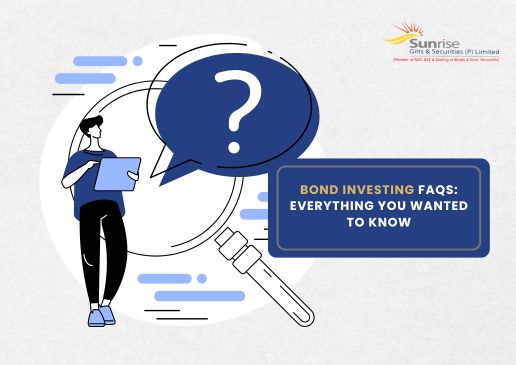
Bond Investment Strategies Making Money Work Harder for You
Bonds are a tried-and-true way to diversify your portfolio, lower risk and ensure a steady income. To make your money truly work for you, you must use a strategic approach to bond investing. Understanding different strategies will help you to navigate the complexities and nuances of the bond markets, and reach your financial goals.
Laddering Bonds
Bond laddering is a popular strategy that involves buying bonds with different maturities. You might, for example, buy bonds with maturities of one year, three, five, etc. This approach has several benefits. It reduces the risk of interest rate increases because you can reinvest your proceeds in new bonds with current rates. It also provides a regular income stream as the bonds are maturing at regular intervals. You can also reduce the impact of changing interest rates by staggering the maturity dates.
Barbell Strategy
The barbell approach focuses on short-term and longer-term bonds while avoiding intermediate term bonds. This strategy takes advantage of both the high returns associated with long-term bond and the liquidity provided by short-term bonds. Short-term bonds offer flexibility and allow you to reinvest in the event of a market change at higher rates. Long-term bonds offer higher rates and can help you lock in rates for a longer period. This combination creates a portfolio that is flexible and can adapt to changing market conditions, while still providing an income stream
Bullet Strategy
The bullet strategy is different from the barbell approach in that it involves buying bonds all at once. Investors often use this strategy when they have a specific goal in mind, like funding a child’s education or making a major purchase. Investors can make sure they have the funds needed at the right time by timing maturity dates with their financial needs. This method allows investors to take advantage of anticipated changes in economic conditions or interest rates, which can potentially lead to higher returns.
Active Bond Management
Active bond management is a hands-on strategy whereby an investor or fund manager actively purchases and sells bonds in order to take advantage of market movements. This strategy is designed to beat the bond market by using research, analysis and market timing. This strategy involves assessing the credit quality, interest rates trends and economic indicators in order to make informed choices. This approach may offer greater returns but also higher risks. It often requires considerable expertise and resources.
Active Bond Management
In contrast, passive bond managing involves creating a portfolio of bonds that reflects a bond index such as Bloomberg Barclays U.S. Aggregate Bond Index. This strategy focuses on long-term investing and minimizes trading to reduce transaction costs and fees. The goal is to obtain stable, predictable returns in line with the performance of the bond market. Investors who are looking for a low maintenance, cost-effective way to invest in bonds will find passive management ideal.
High Yield Bonds
High-yield bonds are bonds that have lower credit ratings, but higher interest rates compensate for increased risk. High-yielding bonds can increase income, but come with a higher risk of default. Diversifying your portfolio with high-yielding bonds can help mitigate this risk and add value to your investment strategy.
Inflation-Protected Bonds
Inflation-protected securities, like Treasury Inflation-Protected Securities(TIPS), protect investors against inflation. These bonds adjust their principal value according to inflation rates. This ensures that the investment retains its purchasing power. These bonds are a great choice for conservative investors who want to protect their capital and earn a modest return.
Conclusion
These strategies will help you make the most of your investment by balancing risks and rewards, ensuring a steady income and adapting to changing market conditions. Understanding these strategies, whether you prefer to take a more active or passive approach, will help you maximize your bond investments and reach your financial goals. Diversifying your bond portfolio can increase stability and growth. Bonds are a key component in a strong investment portfolio.
















